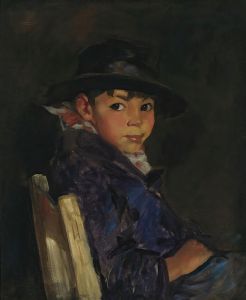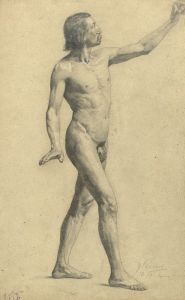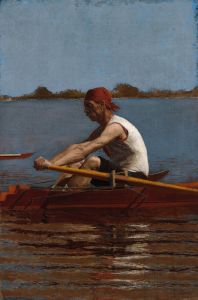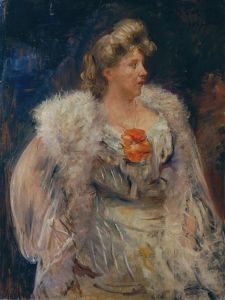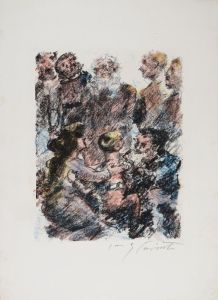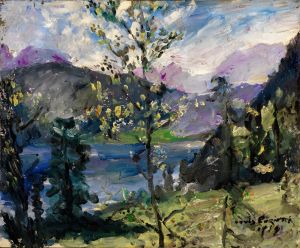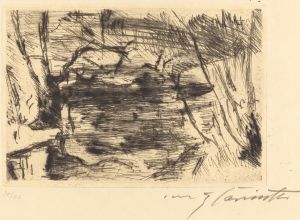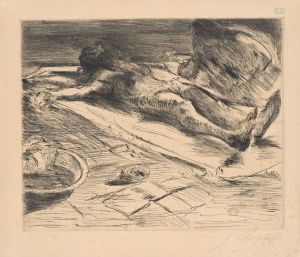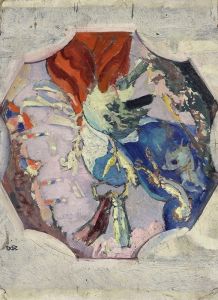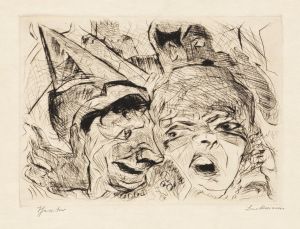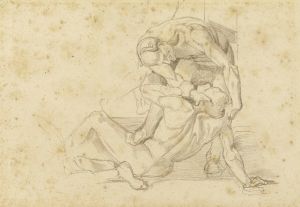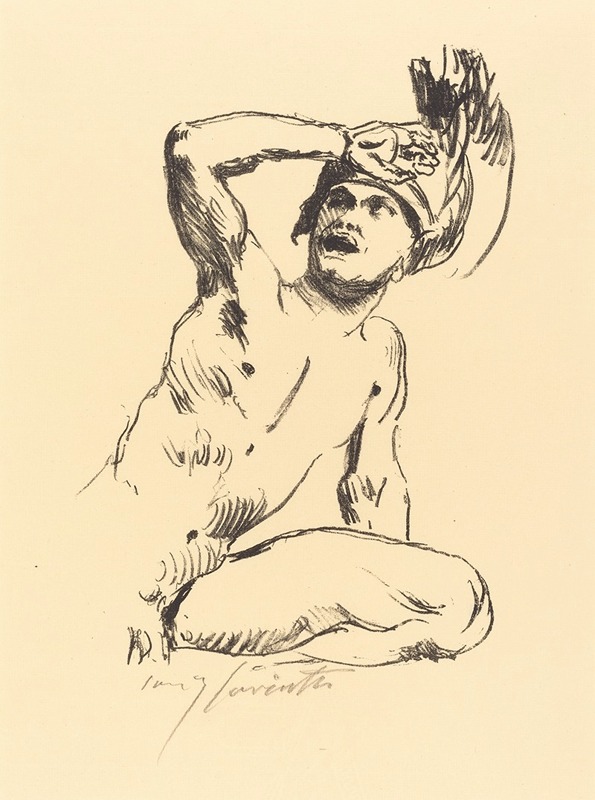
Kneeling Warrior – I
A hand-painted replica of Lovis Corinth’s masterpiece Kneeling Warrior – I, meticulously crafted by professional artists to capture the true essence of the original. Each piece is created with museum-quality canvas and rare mineral pigments, carefully painted by experienced artists with delicate brushstrokes and rich, layered colors to perfectly recreate the texture of the original artwork. Unlike machine-printed reproductions, this hand-painted version brings the painting to life, infused with the artist’s emotions and skill in every stroke. Whether for personal collection or home decoration, it instantly elevates the artistic atmosphere of any space.
Lovis Corinth was a prominent German painter and printmaker, known for his significant contributions to the transition from Impressionism to Expressionism in the late 19th and early 20th centuries. Born on July 21, 1858, in Tapiau, East Prussia (now Gvardeysk, Russia), Corinth's work is characterized by its vigorous brushwork and vibrant use of color. He studied at the Academy of Fine Arts in Munich and later in Paris, where he was influenced by the works of the French Impressionists.
"Kneeling Warrior – I" is one of Corinth's notable works, although specific details about this painting are not extensively documented in public records. Corinth's oeuvre often explored themes of mythology, history, and the human condition, frequently depicting figures in dynamic and emotionally charged compositions. His style evolved significantly over his career, particularly after a stroke in 1911, which led to a looser, more expressive technique.
Corinth's work is often noted for its psychological depth and exploration of complex human emotions. This is evident in many of his portraits and historical scenes, where he captures the intensity and drama of his subjects. His paintings often feature a rich palette and a bold, expressive brushstroke, which became more pronounced after his stroke.
In addition to his paintings, Corinth was also a prolific printmaker, producing numerous etchings and lithographs. His contributions to art were recognized during his lifetime, and he held several prestigious positions, including serving as the president of the Berlin Secession, an influential group of artists who sought to challenge the conservative art establishment in Germany.
Corinth's legacy is significant in the context of German art history. He is often regarded as a bridge between the Impressionist and Expressionist movements, influencing a generation of artists who followed. His works are held in major collections worldwide, including the National Gallery in Berlin and the Museum of Modern Art in New York.
Despite the lack of specific information on "Kneeling Warrior – I," Corinth's broader body of work provides insight into his artistic vision and the themes he explored. His ability to convey emotion and movement through his dynamic compositions and expressive use of color remains a defining characteristic of his art. Corinth passed away on July 17, 1925, in Zandvoort, Netherlands, leaving behind a rich legacy that continues to be studied and appreciated by art historians and enthusiasts alike.





